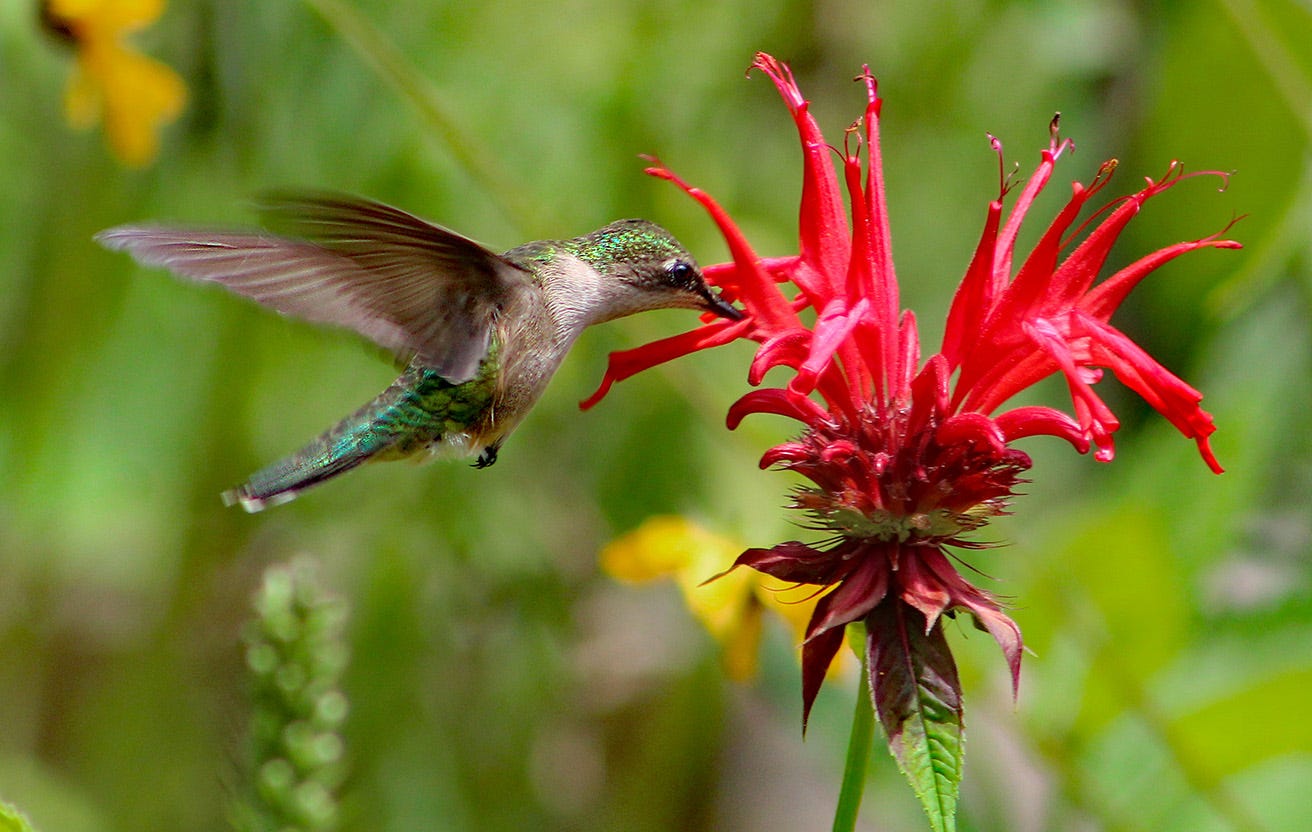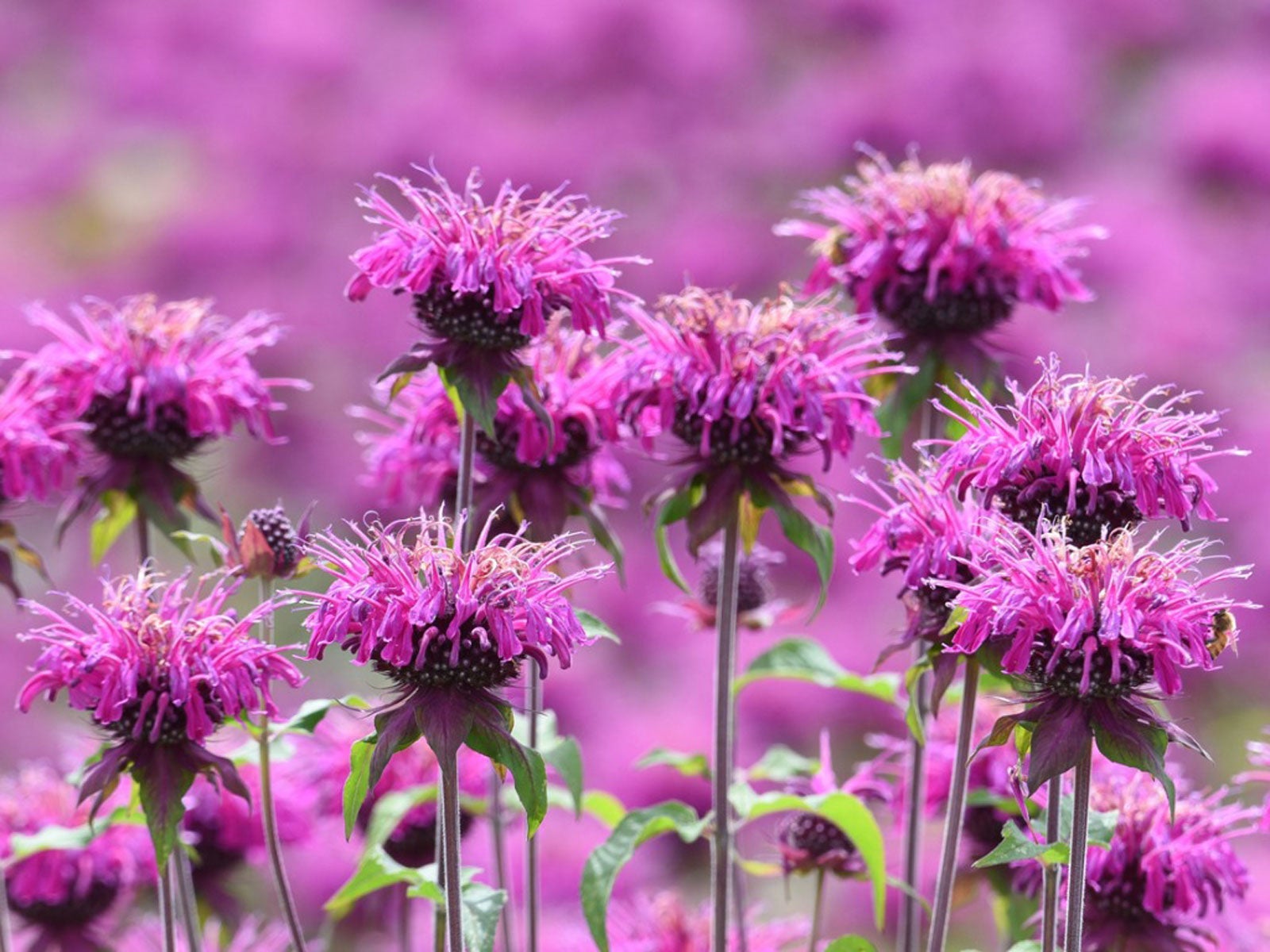With their brightly colored, fragrant blooms and attractive foliage, it’s no wonder bee balm plants remain a perennial favorite for gardens. Also known as bergamot or monarda, bee balm makes an excellent addition to flower beds, borders, and wildlife gardens. Its shaggy flowers attract pollinators while its strong scent deters deer and rabbits.
If you want to add bee balm to your own landscape you may be wondering where to find bee balm plants for sale. Here is a complete guide to purchasing these popular perennials from online and local sources.
Why Grow Bee Balm?
Before buying bee balm, it helps to understand what makes it so popular. Here are some key benefits of these classic flowering perennials:
-
Long bloom time – Bee balm flowers over an extended period from early summer well into fall. Different varieties flower at different times for continuous color.
-
Bright, varied colors – Bee balm comes in shades of red, pink, purple, and white. Many have multicolored blooms as well.
-
Fragrance – The flowers have a strong, pleasant minty scent. Some varieties are even used to make herbal tea.
-
Pollinator magnet – Butterflies, hummingbirds, and bees flock to the nectar-rich blooms.
-
Deer and rabbit resistant – These animals tend to avoid the strong aroma of bee balm.
-
Easy care – Bee balm thrives in full sun to part shade with average soil and watering. It spreads readily on its own.
With benefits like these, it’s easy to see why gardeners covet bee balm. Now let’s look at where to find plants for sale.
Purchasing Bee Balm Online
Ordering bee balm plants online is often the easiest way to find specific varieties and get plants delivered directly to your door. Here are top online sources:
-
Online nurseries – Specialty nurseries like High Country Gardens or Brecks Bulbs offer a wide selection of potted bee balm plants that ship at the proper planting times for your region.
-
Amazon – Search Amazon for bee balm plants and you can often find popular varieties for sale from third party nursery sellers.
-
Etsy – Many independent nurseries on Etsy offer bee balm plants for sale during spring and fall shipping seasons.
-
eBay – Bee balm plants are frequently auctioned on eBay as bare root divisions in spring or potted plants in spring and fall.
When ordering bee balm online, look for vendors that ship at the right time, package plants to avoid damage, and guarantee live arrival.
Buying Bee Balm Locally
Searching for bee balm at garden centers or nurseries in your area is another option. Here are some places to look:
-
Independent nurseries – Local specialty nurseries often carry a nice selection of bee balm varieties suited to your growing zone.
-
Farmers markets – Many plant sellers at farmers markets offer bee balm divisions in the spring. This is a budget-friendly option.
-
Big box stores – While selection is limited, you can often find a basic bee balm variety for sale at stores like Home Depot or Lowes.
-
Garden clubs – Members sometimes sell divisions from their own gardens at club swap meets.
Shop for local bee balm when you can inspect plants in person before purchasing. Make sure they are healthy with no signs of disease, pests, or damage.
What to Look for When Buying
To choose the best quality bee balm plants:
-
Seek out varieties labeled “mildew resistant” which are bred to avoid powdery mildew, a common disease
-
Look for green, healthy foliage with no spots, holes, or discoloration
-
Avoid roots that are dried out, brown, or slimy
-
Select plants that are already growing vigorously and well-rooted
-
For potted plants, choose ones that aren’t severely rootbound
-
Opt for bee balm from nurseries that overwinter in similar climate conditions to yours
Taking some time to find and choose high quality bee balm plants will give you a healthier start and better long term results.
When to Buy Bee Balm
Bee balm can be purchased at different times of the year:
-
Spring – Potted plants or bare root divisions are sold starting late March through May. Spring is the ideal planting time in most climates.
-
Summer – Established potted plants are sometimes available at garden centers in early summer. Plant these as soon as possible.
-
Fall – Potted bee balm and divisions are sold again in September and October for fall planting.
Plant bee balm in spring or fall to give the long roots time to establish before hot summer weather or freezing winter temps set in. Avoid purchasing or planting bee balm during the peak heat of summer.
Types of Bee Balm Plants for Sale
Many different bee balm varieties can be found for sale. Here are some to look for:
-
‘Jacob Cline’ – Popular bright red variety known for mildew resistance.
-
‘Gardenview Scarlet’ – Vibrant red blooms on sturdy, bushy plants.
-
‘Violet Queen’ – Large, eye-catching violet-purple flower heads.
-
‘Blue Stocking’ – Unique true blue bee balm.
-
‘Petite Delight’ – A dwarf variety that works nicely in containers.
-
‘Marshall’s Delight’ – Prolific blooms on a compact 20 inch plant.
-
‘Raspberry Wine’ – Rich raspberry-pink flowers with a wine red center.
Seek out recommended mildew resistant cultivars for the best results. Contact sellers to ask about availability if you don’t see your desired variety.
How Much Do Bee Balm Plants Cost?
Bee balm plant prices typically range from $5 to $15 per individual plant or clump division. Factors affecting cost include:
-
Size of the plant – Large, mature plants or clumps are pricier than smaller starters.
-
Container size – Bee balm in one gallon pots will be more expensive than four inch pots.
-
Rarity of variety – Rare or unusual varieties tend to cost more than common types.
-
Time of year – Prices are often higher during peak spring planting season.
-
Vendor – Specialty nurseries sometimes charge more than big box stores.
With proper planting and care, even one inexpensive bee balm plant can multiply into a large patch within a few years.
How to Plant Bee Balm
Once you get your hands on these desired perennials, be sure to get them in the ground promptly. Follow these tips for planting bee balm:
-
Select a spot with full sun to part shade and well-draining soil.
-
Dig a hole the same depth and twice as wide as the plant’s root ball or roots.
-
Carefully place the plant in the hole and fill with soil, firming the soil around the roots.
-
Water thoroughly after planting and as needed until established.
-
Space plants 18-24 inches apart to allow for growth and air circulation.
-
Mulch around newly planted bee balm to retain soil moisture and suppress weeds.
With proper planting and care, your bee balm will quickly establish and reward you with countless flowers and memorable fragrance for years to come.
Enjoy the Benefits of Growing Bee Balm
Bee balm has remained a gardening staple for centuries thanks to its vibrant blooms, fragrance, and versatility. It’s an excellent choice for beds, borders, cutting gardens, and pollinator habitats. Although you may not find every variety at your local nursery, tracking down bee balm plants for sale is worth the effort. Plant a few this spring and see the joy they bring to your landscape.
Filter by Bee Balm
Go to page 11
Page 1 of 1

Monarda Attracts Hummingbirds, Bees, And Butterflies To The Garden
why plant bee balm?
Bee Balm (Monarda) has been treasured for its beauty, medicinal uses, and pollinator-attracting powers for generations. The beautiful crown-shaped flowers come in a range of colors, including pink, red, and purple. Hummingbirds and butterflies love them. This native perennials deliciously fragrant flowers and foliage are resistant to deer and rabbit browsing.
7 Reasons to Plant RED BEE BALM This Spring
FAQ
What month do you plant bee balm?
Does bee balm come back every year?
Where best to plant bee balm?
What are the cons of bee balm?
- The Ultimate Guide to Growing Strawberries in Raised Beds - August 8, 2025
- No-Dig Garden Beds: The Easiest Way to Grow a Beautiful Garden - August 6, 2025
- How to Protect and Preserve Wood for Raised Garden Beds - August 6, 2025

